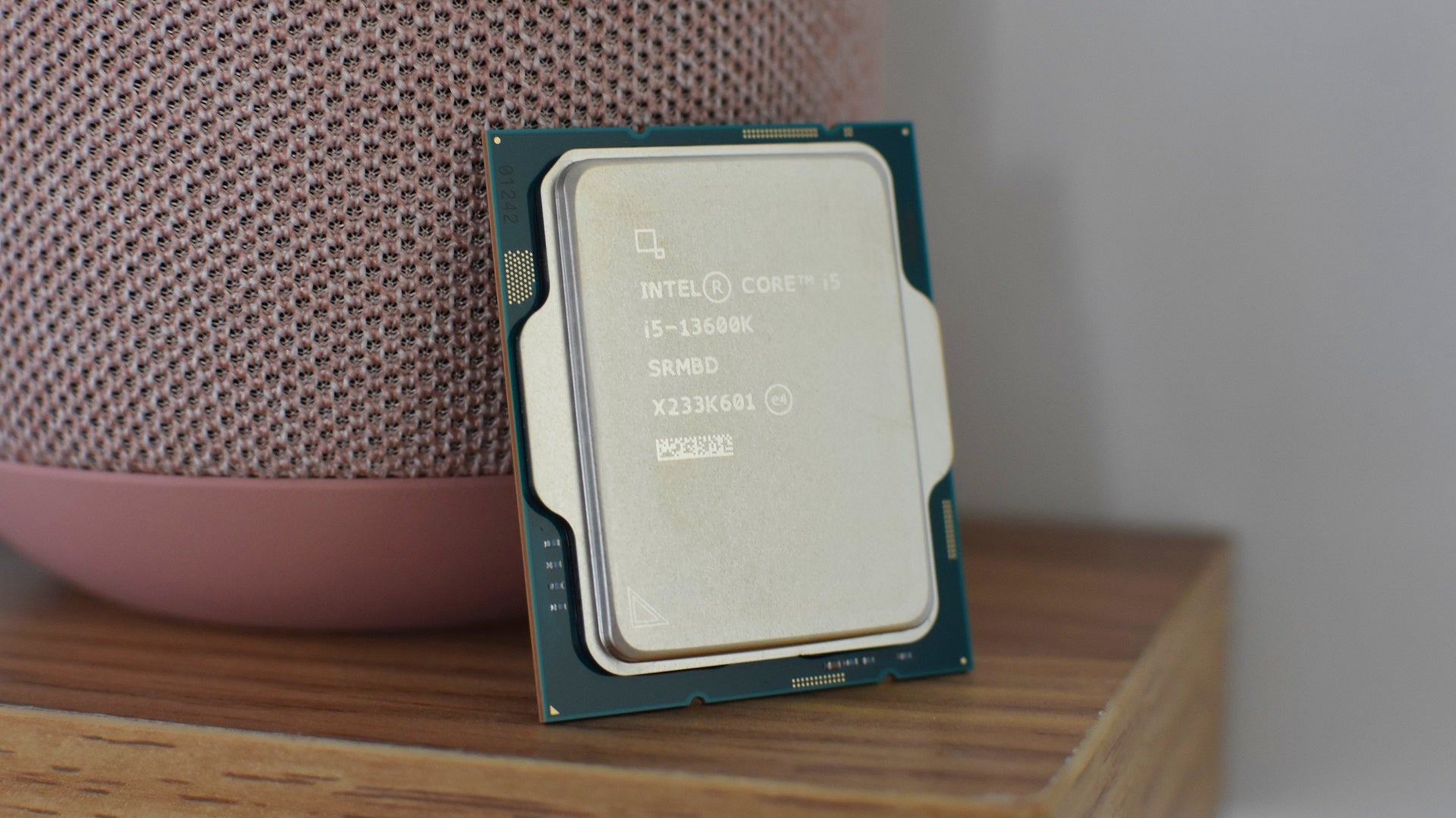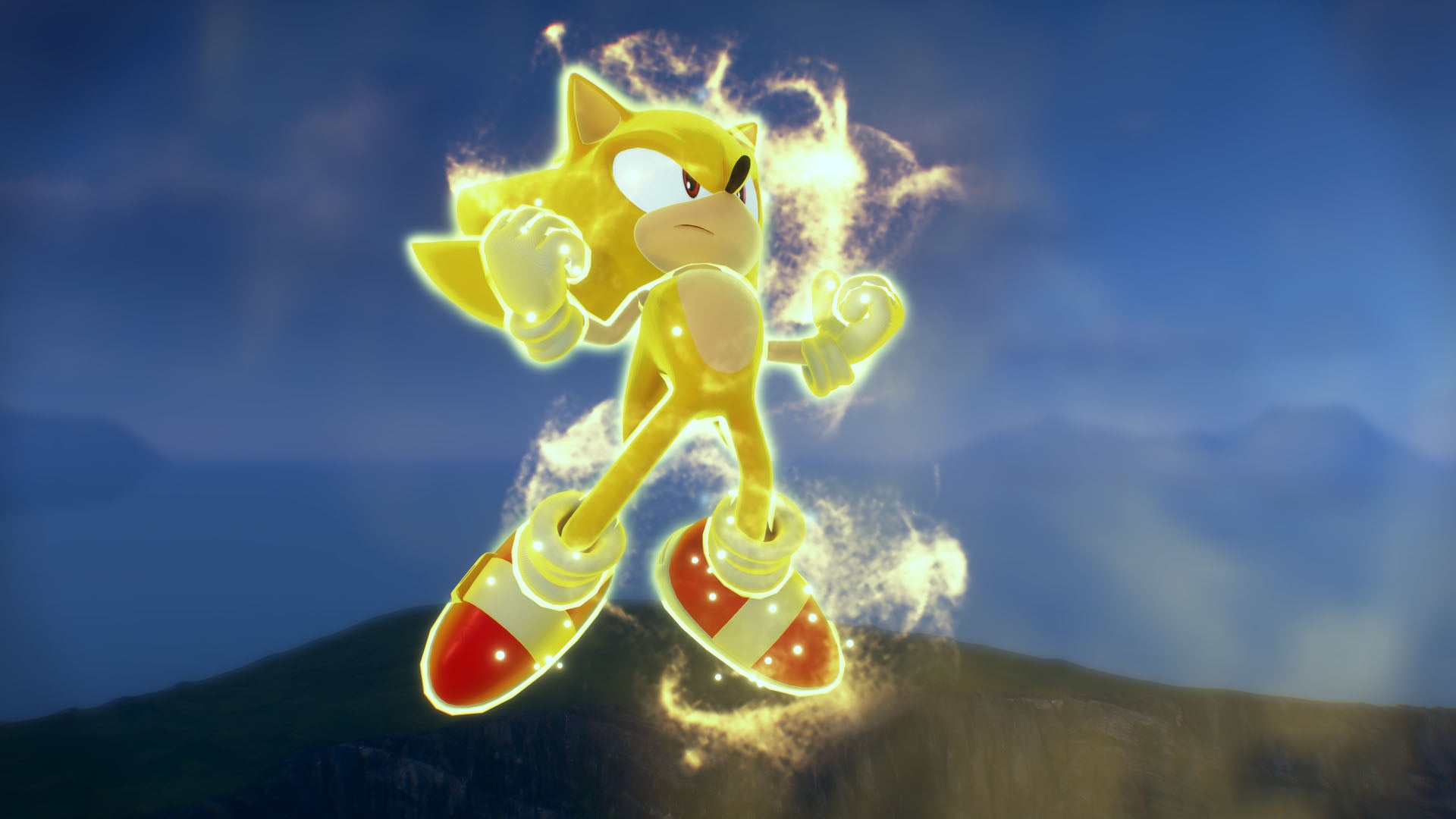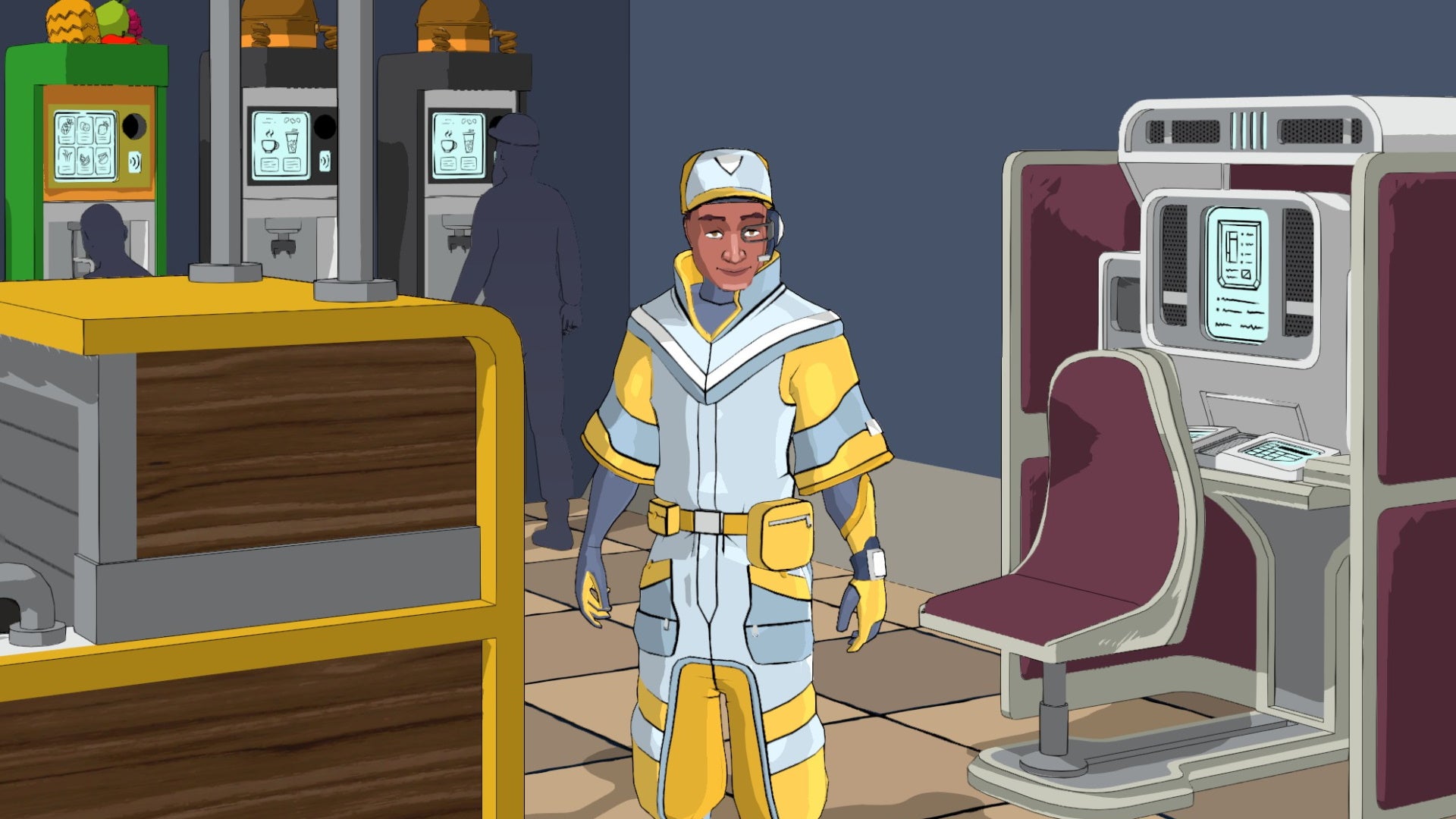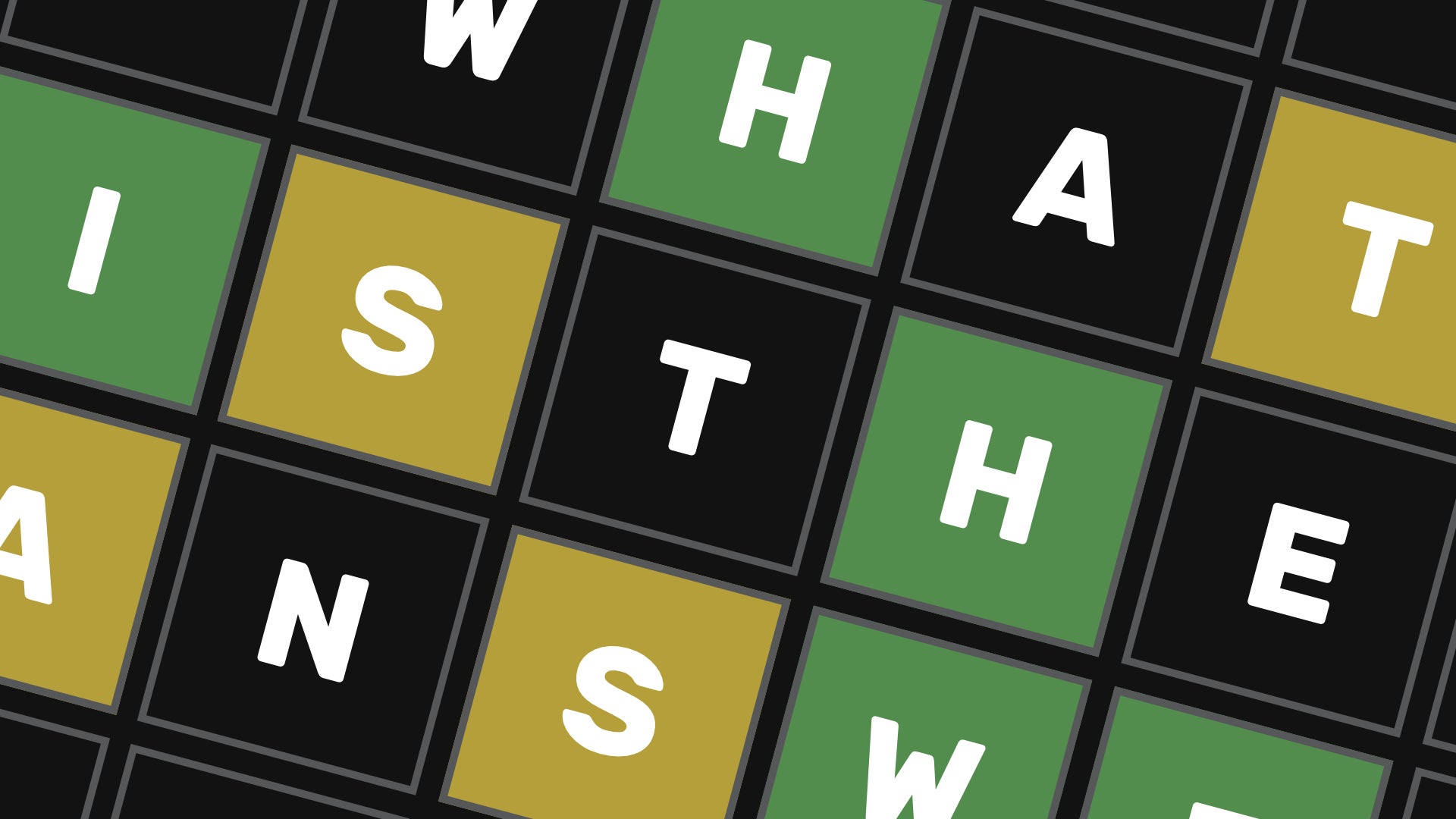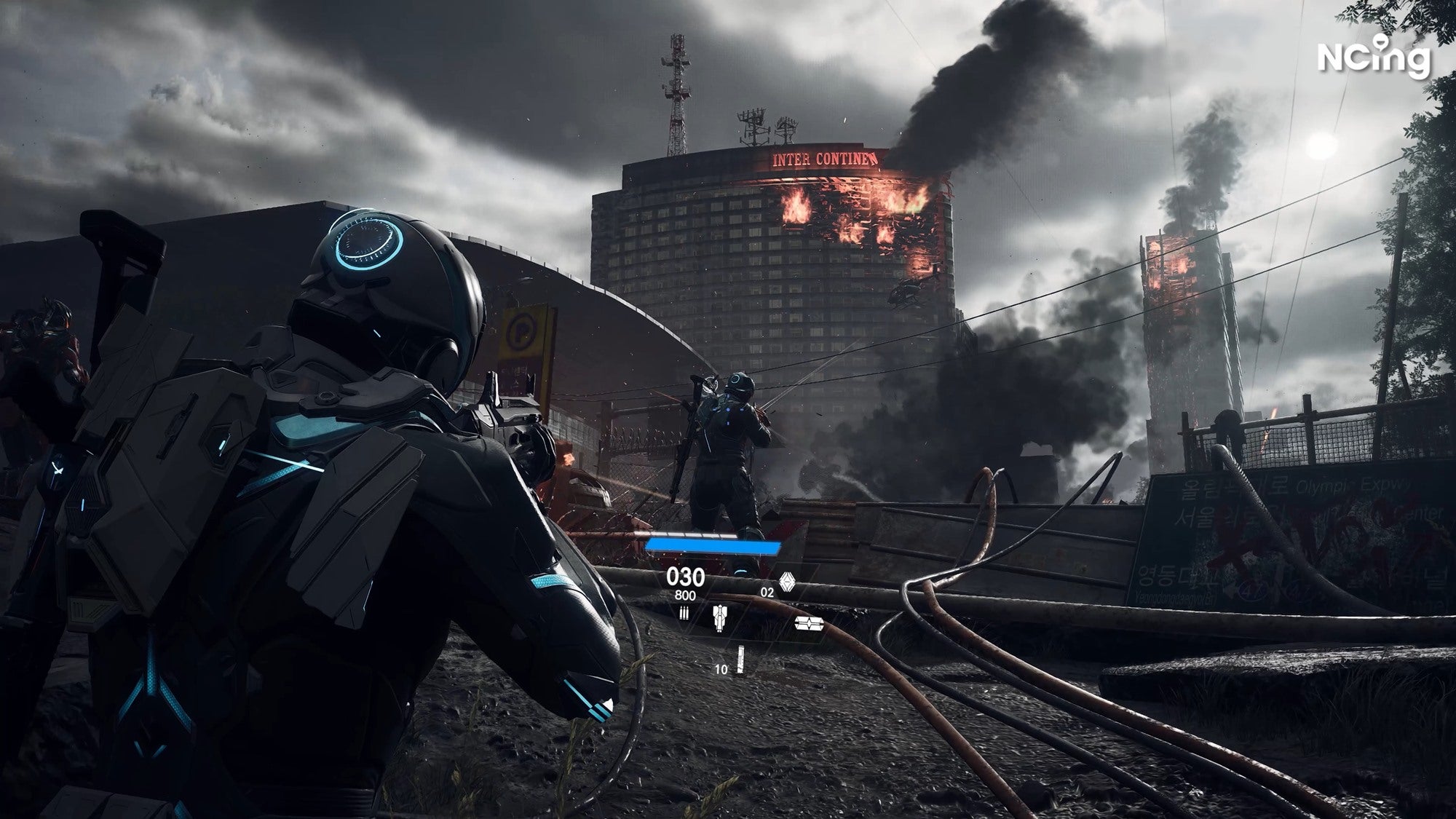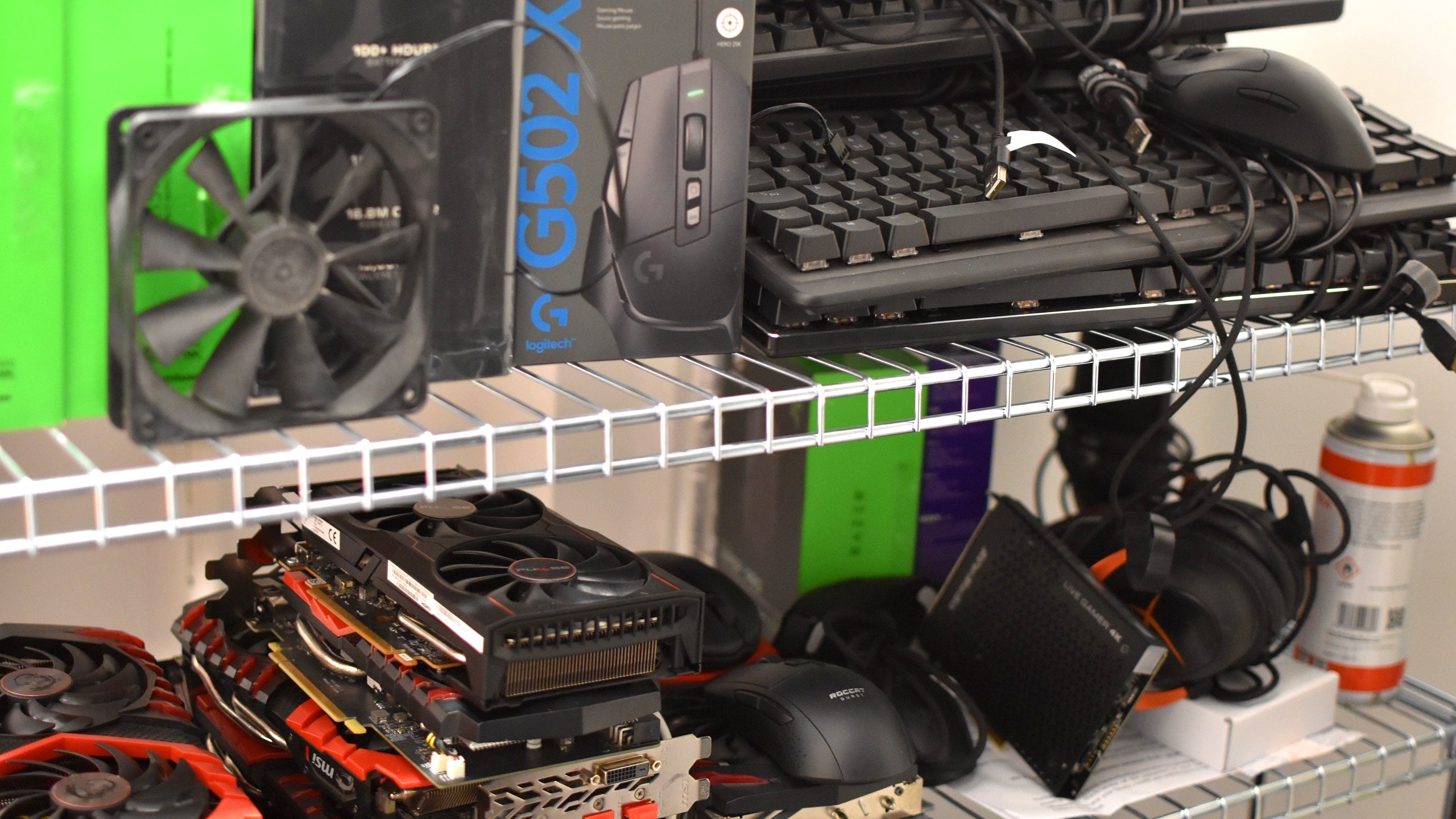Intel Core i5-13600K review: a repeat performance, for better or worse
The successor to one of Intel’s best gaming CPUs provides more cores, but limited FPS gainsThe Intel Core i5-13600K fills a familiar role in the latest 13th Gen/Raptor Lake series of CPUs. There are chips in this family with many more cores and even higher clock speeds, like the £700 Core i9-13900K, but this is the one most upgrade-seekers will probably look to first: a mid-range champion to take over from the Core i5-12600K.
That 12th Gen chip, which currently heads up our best CPU for gaming rankings, proved an excellent debut for Intel’s hybrid design: fast Performance cores, or P-cores, share the space with smaller and less wattage-hungry Efficiency cores (E-cores). Raptor Lake doesn’t change this much, but the Core i5-13600K does find itself the recipient of a few extra E-cores, bringing its total combined core count to 14 – the most of any Core i5 CPU yet. Base clock speeds are down a little from the Core i5-12600K, but maximum boost clocks are up, peaking at a formidable 5.1GHz on the quicker P-cores.
Between this and the added cores, the Core i5-13600K can draw more power than its 12th Gen equivalent when Turbo Boosting, but base PSU usage thankfully hasn’t risen above the same 125W. Impressively, this new chip doesn’t really run any hotter either: on an Asus ROF Ryujin II 360 all-in-one cooler, core temperatures during game sessions generally landed between 44°c and 56°c. That’s low enough for more basic air coolers to suffice, and the absolute toastiest I saw from a P-core was only 58°c.
During games, anyway – both core types got warmer in the intensive Cinebench R20 CPU benchmark, though the peak of 73°c is still pretty good. This suite of tests also provided the Core i5-13600K a chance to show off its significantly improved multicore power, which in terms of 12th Gen comparisons is closer to the enthusiast-grade Core i9-12900K than any of the Core i5 models:
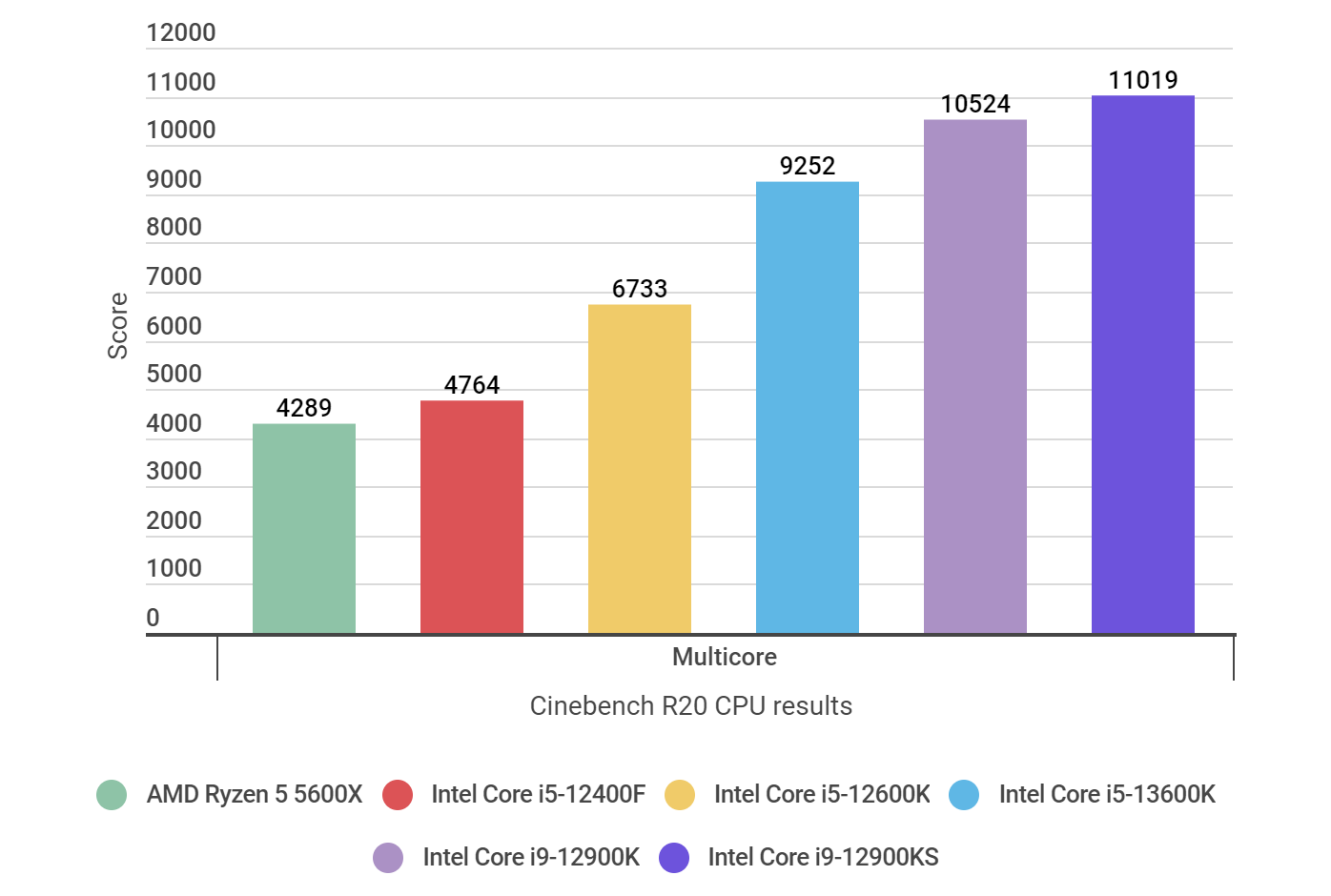
I’d hoped to have included one or two Ryzen 7000 CPUs in these tests, but AMD haven’t been as forthcoming with their chips. Regardless, the Core i5-13600K is showing the kind of multitasking improvement you always want to see from a new CPU generation, and it bodes well for Raptor Lake in general if you’re regularly running a bunch of apps alongside your games.
Its result in the single-core Cinebench test is less of an upgrade, but still strong. This time it surpasses the Core i9-12900K, though that was only slightly above the Core i5-12600K to begin with:
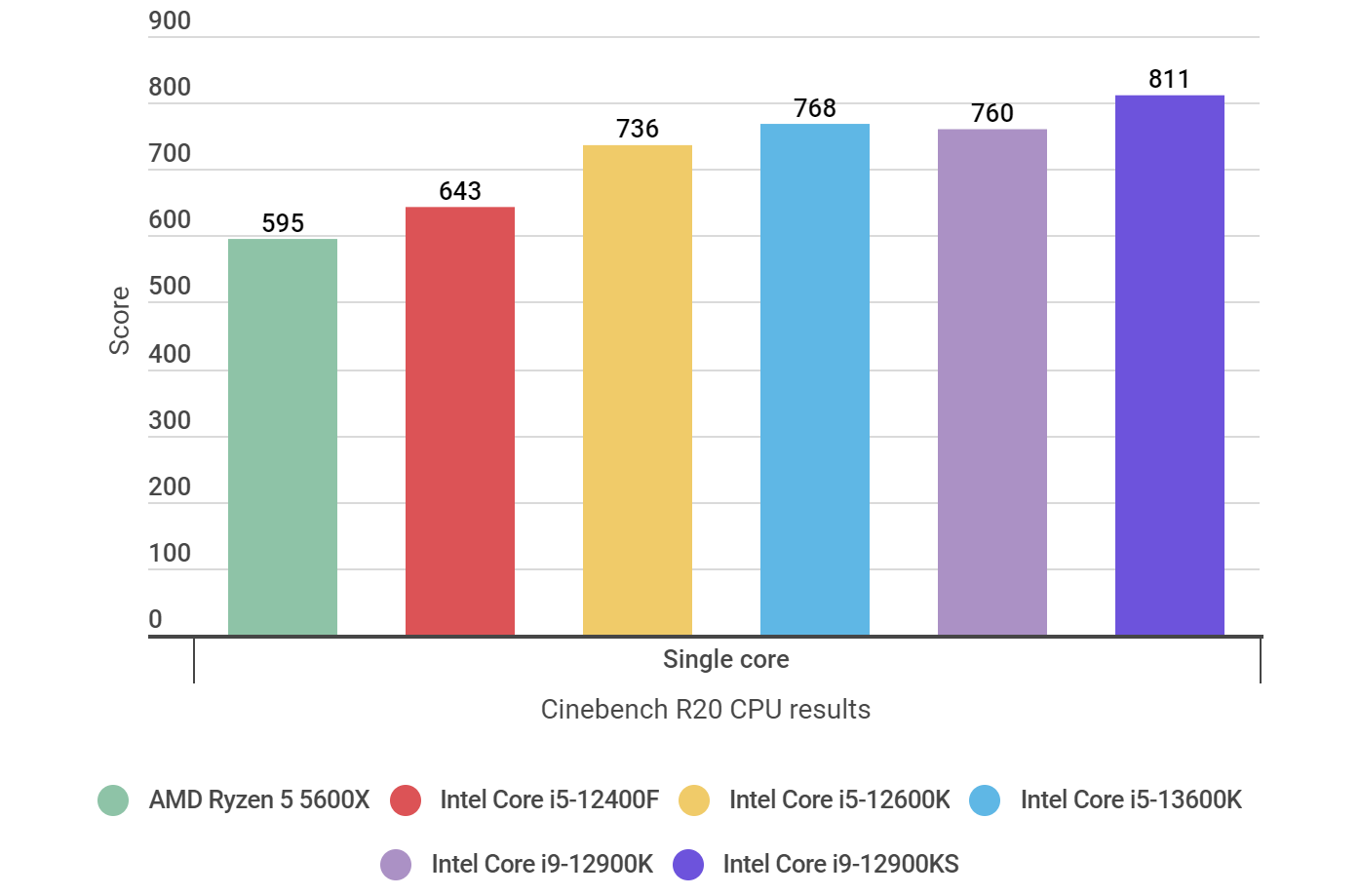
It remains amusing (to me, at least) that Intel’s 12th Gen made Core CPUs more compelling than Ryzens, for the first time in years, by essentially making them more Ryzen-like through higher core counts. And the 13th generation seems to continue that, making relatively minor clock speed changes while squeezing more and more cores onto each processor.
It’s an approach that clearly works for multitasking PCs, for which Ryzen chips used to be the only serious game in town. But what about actual games? The Core i5-13600K can certainly leverage its extra muscle here and there, but in most benchmarks, it in fact ends up jostling with the old Core i5-12600K more than those synthetic test results would suggest.
Let’s focus on 1080p results, as that resolution is more likely to make a bottleneck of the CPU than the test PC’s RTX 2080 Ti graphics card:
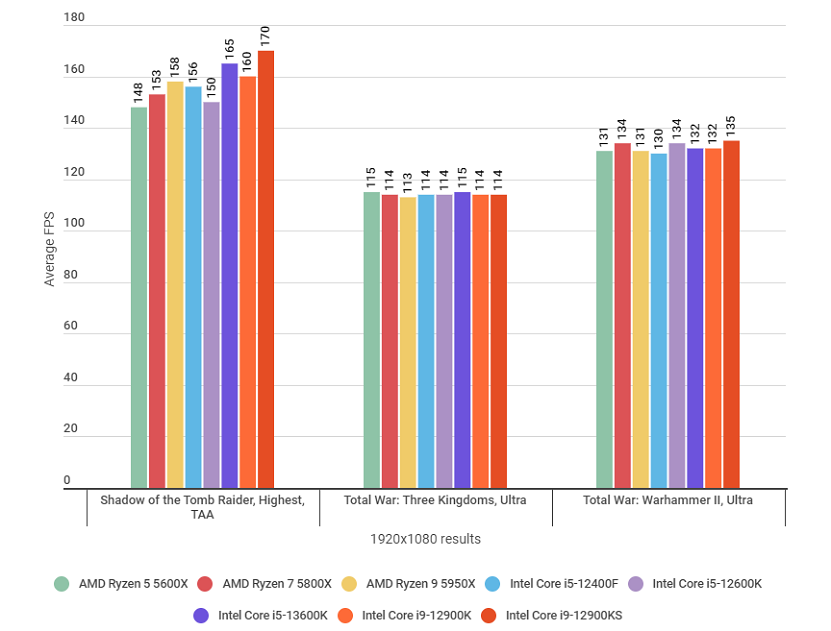
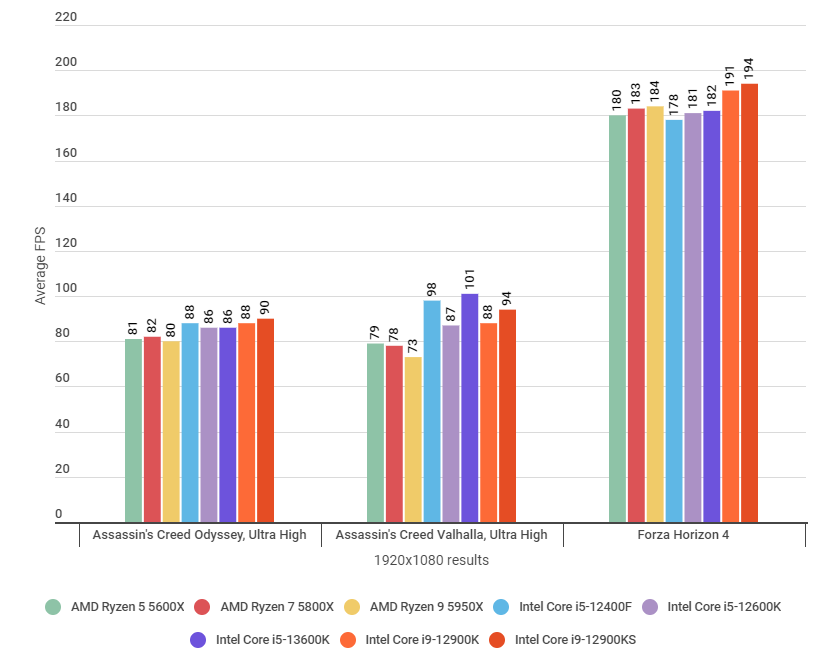
Right. Good news: that Assassin’s Creed Valhalla result is brilliant, outpacing even the Intel Core i9-12900KS, which Intel marketed as their fastest gaming CPU to date. Shadow of the Tomb Raider also got a 10% FPS boost over the Core i5-12600K, putting this new i5 all the way up between the Core i9-12900K and 12900KS.
Otherwise, though? This is essentially the Core i5-12600K all over again, with either dead even performance between the old and new chips, or such a tiny 1-2fps difference that they might as well have finished neck and neck.
Technically, that makes the Core i5-13600K a very good gaming CPU, and one you can pair with premium graphics cards safe in the knowledge that its mid-range ranking won't hold back a beefier GPU. At the same time, however, this CPU's gaming performance isn't so much a step forward from the 12th Gen version as it is a nervous shuffle. And that’s not to mention the Core i5-12400F, another mid-range star of the previous Intel generation, which belies its lower price to keep up with the Core i5-13600K and even average a couple of FPS higher in Assassin’s Creed Odyssey.
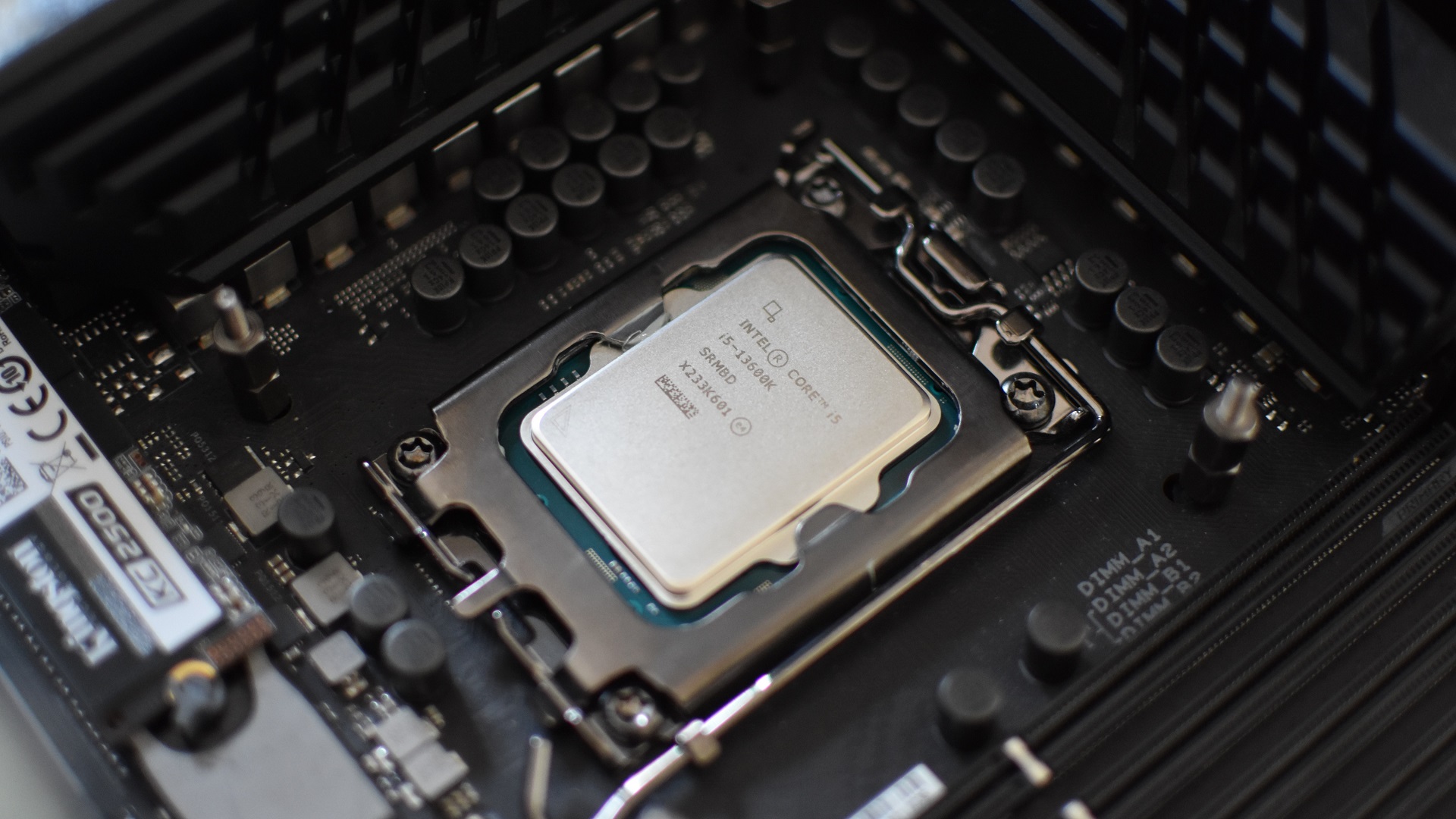
The Core i5-13600K’s advantage, then, basically boils down to how well a particular game can leverage its extra cores. Valhalla has always been a multithreading whiz so it’s not surprising to see Intel’s extra E-cores help it out, though the chip's higher boost clock speeds yield disappointing results overall.
On average, it is very slightly better for games than the Core i5-12600K, and those Cinebench scores don’t count for nothing – especially if you want your PC to handle other tricky workloads like streaming or media editing. Still, even if you can somehow ignore the looming issue of a new, radically overhauled Ryzen 7000 family, the gap between the 12th and 13th Gen Intel CPUs leaves the former as yet another rival. You can currently get a Core i5-12600K for nearly £100 less, and a Core i5-12400F for nearly £200 less – and little about the Core i5-13600K makes it seem worth paying extra.
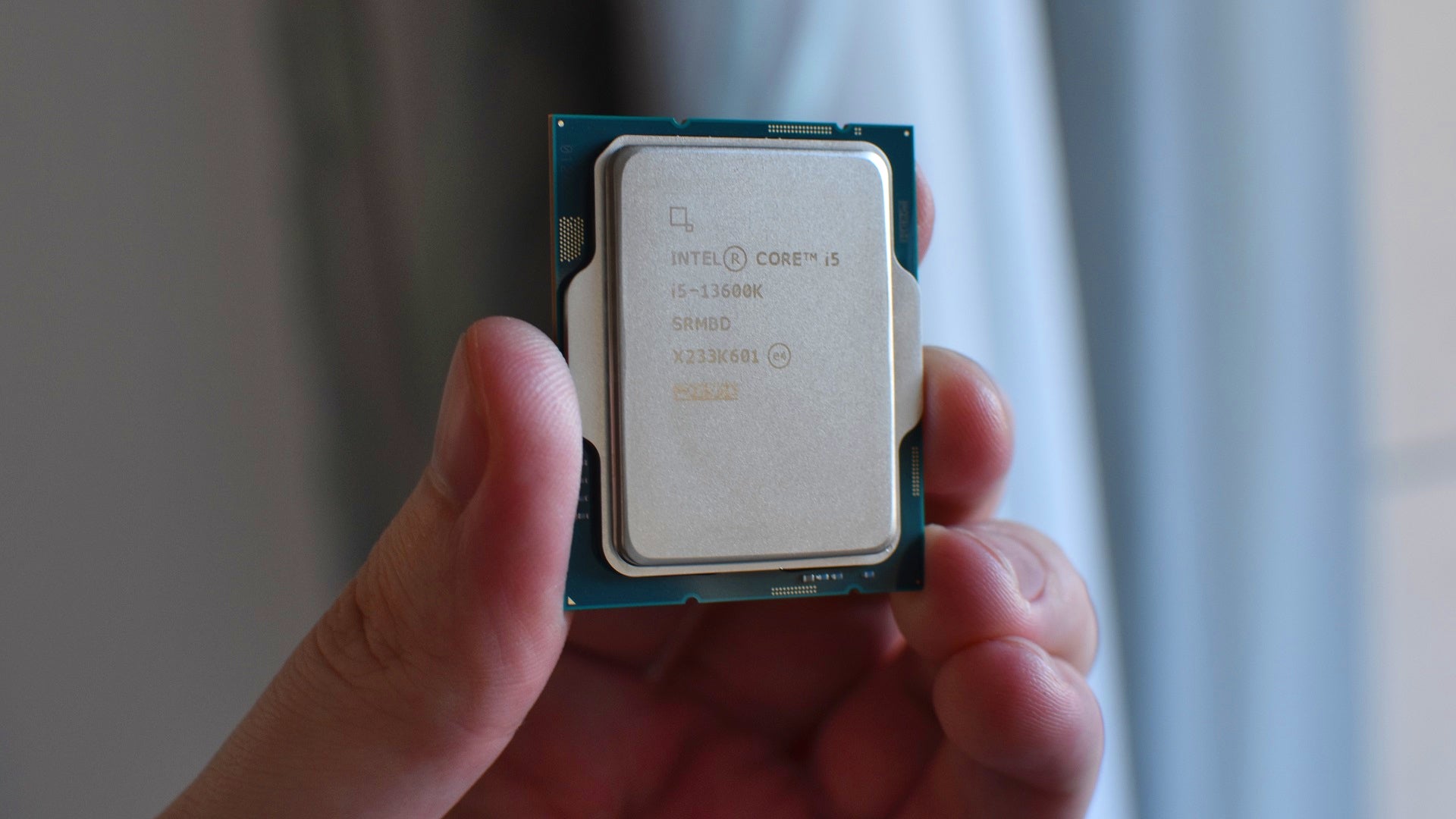
It's not like Raptor Lake’s feature upgrades are exclusive must-haves. You can use slightly faster DDR5 RAM if you also stump for a new Intel 700 series motherboard, but more potentially impactful features like Thunderbolt 4 and PCIe 5.0 connectivity are also available from the 12th generation.
Intel does deserve credit for making this and other 13th Gen CPUs backwards compatible with 600 series motherboards (albeit after a BIOS update), and once again you can choose to move onto DDR5 or stick with your existing DDR4 RAM . That's a welcome contrast to Ryzen 7000, which abandons DDR4 support entirely. But if you’re saving cash by going with a previous generation mobo and re-used memory, it’s even more fitting to grab a cheaper 12th Gen processor as well. And when they’re almost identically effective in games to this brand-leading Core i5-13600K… why wouldn’t you?

